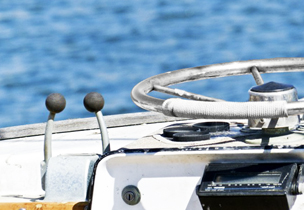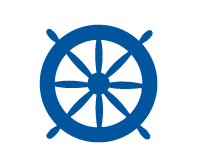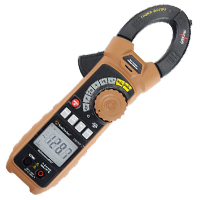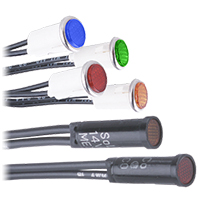Top Reasons Boats Fail, No Steering
Posted by Pacer on 21st Feb 2019


Steering is an essential part of any boating experience. If you start to notice an issue with your steering, do not ignore it. Even if the issue is barely noticeable. The longer you wait, the worse it may become. The problem is if there is something wrong, waiting can make the problem worse. It can even lead to permanent damage to parts that may cost thousands to replace. That is why it is so important to address the problem immediately. When there is an issue with your steering, it may be a severe impairment or barely even noticeable. You may notice that the steering is barely responsive or in the worst-case scenario won’t move at all. Regardless of the level of severity, you should address and resolve the issue immediately in order to prevent further damage. The simplest solution is that the hydraulic fluid has run low. Without the proper levels of fluid, the steering system can’t function properly. So, the answer is to add more fluid? Yes, but we’re not done there. After you add the proper fluid, check for leakage. It could be as simple as a loose connection. This can cause a slow drip that, if not repaired, will lead to larger issues over time. If you find a loose connection, do your best to tighten it until you have access to the proper tools. While you’re inspecting for leakage, pay attention for any cracks or fluid in places where there should be none. In more complex motors, the issue may be more complicated. If the fluid levels are fine, you may have a mechanical issue. It could be a different loose connection or a similar problem in the cable system. Your best bet is to trace the lines and look for an issue. If you don’t have experience in solving an issue like that, it may be time to visit a repair shop.
Prevention

As I’ve said plenty of times before, being aware of your boat, it’s motor and parts is the best way to stay ahead of any potential issues. Always check your fluid levels before taking the boat out. I really can’t stress this one enough. There is no excuse for getting out on the water and having no fluid in one of your reservoirs. At least once a year, you should be checking your connection and inspecting reservoirs for leakage. These simple steps are necessary for the longevity of your boat and it’s motor. If you have a more complex system, make sure all of the parts are properly lubricated. Proper fluid levels and lubrication are key to a smooth running system. This, in turn, will keep you on the water longer and help save you money.
Tools you'll need:
- A small funnel
- A canister of hydraulic fluid
Using a tester to look for electrical issues:
Sometimes the issue could be electrical. Although this cause is uncommon, the problem may be in the electrical system itself. The easiest way to identify an electrical issue is to use a voltage tester. These come in a variety of styles, but you’ll want to use one that offers leads. Using leads allows you to test connection points directly. Going to the connection points will allow you to isolate exactly where an issue begins. Once you have found the problem area, finding the solution is that much easier. You want to pick a voltage meter that handles a high enough amperage for your motor. They make specialized testers for very simple circuits and those won’t work here. To learn more about the right tester for the job, click here.
Indicator lights alert you to problems early:
Finding a problem quickly prevents it from becoming a bigger issue. The longer you wait, the worse the problem can and will become. Indicator lights are a great way to be alerted to issues as they arise. Using them can let you know when something is going wrong. They are offered in a range of colors so that you can coordinate the color with a particular system. This way identifying the issue becomes a simple task. One of the best parts about indicator lights is the fact that they are easy to install and have a small footprint. We offer indicator lights in multiple styles in order to give you more choice when it comes to size and installation method.


